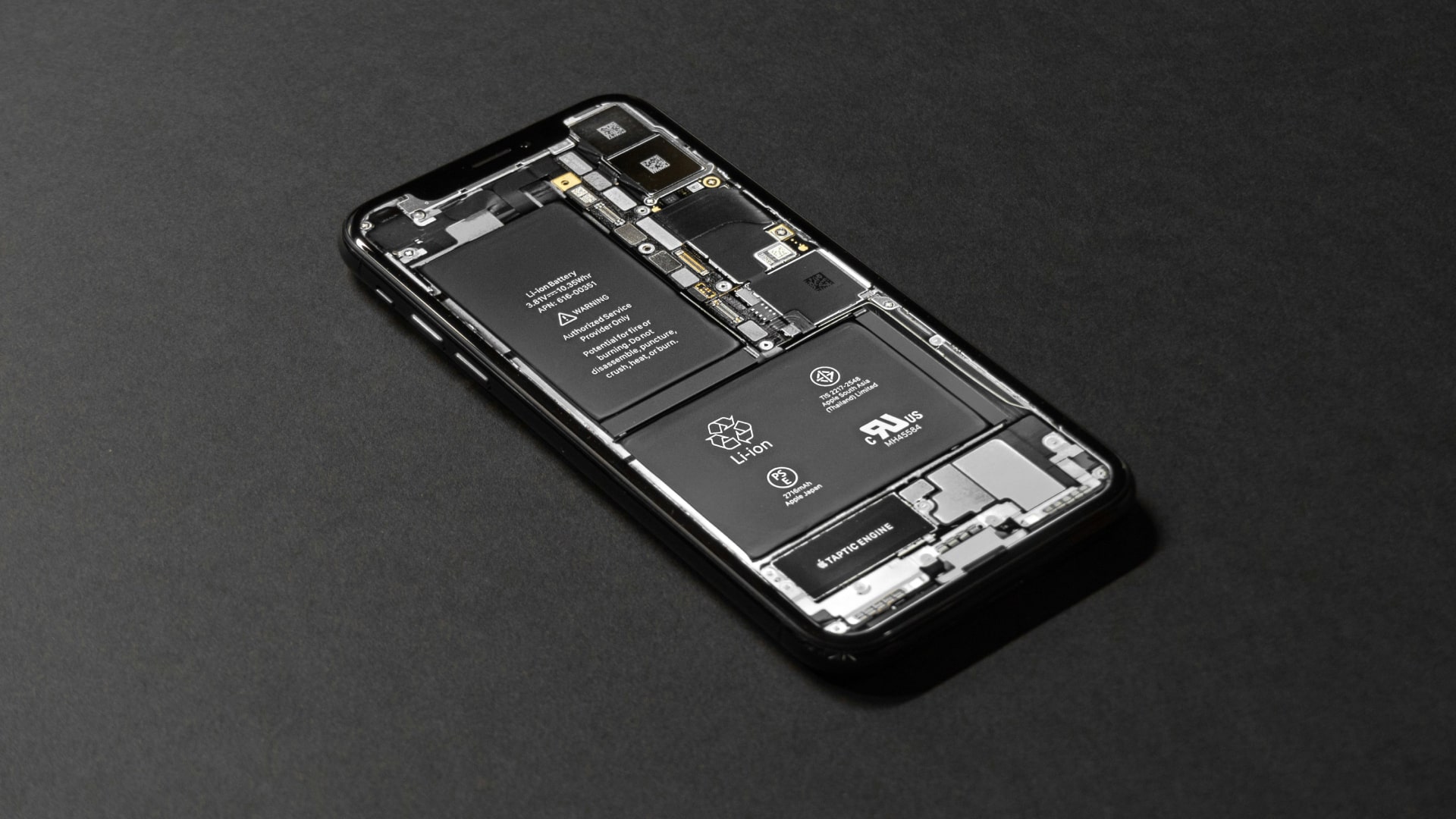Apple could make it much easier to replace batteries in the iPhone 16 – here's how
Open sesame

Apple manages to squeeze a huge amount of tech into the best iPhones, but its devices are so densely packed that replacing any of their parts can quickly become frustrating. Throw in a smattering of fiddly clips and sticky glue and things can get messy fast.
When the iPhone 16 rolls around this September, though, that might all change in one important way. That’s because a report from The Information has claimed that Apple is working on an interesting new way to make its phone batteries easier to remove and replace.
Right now, iPhone batteries are held in place using adhesive strips. But according to the report’s authors, Apple wants to replace that system with a new method that “uses electricity to dislodge the battery.” This would appear in “at least one model of the iPhone 16 this year and possibly all versions of the iPhone 17 slated for global release next year,” the report claims.
The new method, dubbed “electrically induced adhesive debonding,” will see the iPhone’s battery encased in metal rather than the foil that Apple currently uses. The battery could then be removed by applying a small jolt of electricity to it, for instance by using a direct current power supply.
Given the complexity of opening an iPhone case and the potential risks of handling electricity, Apple will still recommend that people enlist the help of a professional to replace their batteries, The Information reports.
Repairability vs durability

The move has been prompted by legislation from the European Union (EU), which mandates that all phone makers ensure that their devices’ batteries can be replaced by their owners using accessible tools by 2025.
It’s just the latest piece of EU legislation to have forced Apple’s hand, which so far has seen the iPhone manufacturer bring USB-C to its phones and open up its app store ecosystem to third parties.
Sign up for breaking news, reviews, opinion, top tech deals, and more.
As explained by Apple executive John Ternus, a large chunk of the reason why Apple uses adhesives inside its devices is to help make them more waterproof and stop water spreading through the inside of a device. Yet the company has to find a way to strike a balance between repairability and longevity – something that could be a tough nut to crack.
But we know that Apple is definitely thinking about it, as the company has been on a sustainability drive in recent weeks. Just yesterday, Apple announced it would expand its diagnostics software to anyone in Europe who wants to repair their iPhone, while at the same time it also released a sustainability white paper that outlined its efforts to make its devices last longer – and its belief that durability is preferable to repairability. Those moves follow a patent Apple filed earlier this year for replaceable, modular batteries, so we know the topic is being explored in Cupertino.
With the iPhone 16 just a few months away, we might soon see where some of these efforts have led – and whether Apple has managed to find the right balance between making its products last longer and making them easier to repair.
You might also like

Alex Blake has been fooling around with computers since the early 1990s, and since that time he's learned a thing or two about tech. No more than two things, though. That's all his brain can hold. As well as TechRadar, Alex writes for iMore, Digital Trends and Creative Bloq, among others. He was previously commissioning editor at MacFormat magazine. That means he mostly covers the world of Apple and its latest products, but also Windows, computer peripherals, mobile apps, and much more beyond. When not writing, you can find him hiking the English countryside and gaming on his PC.